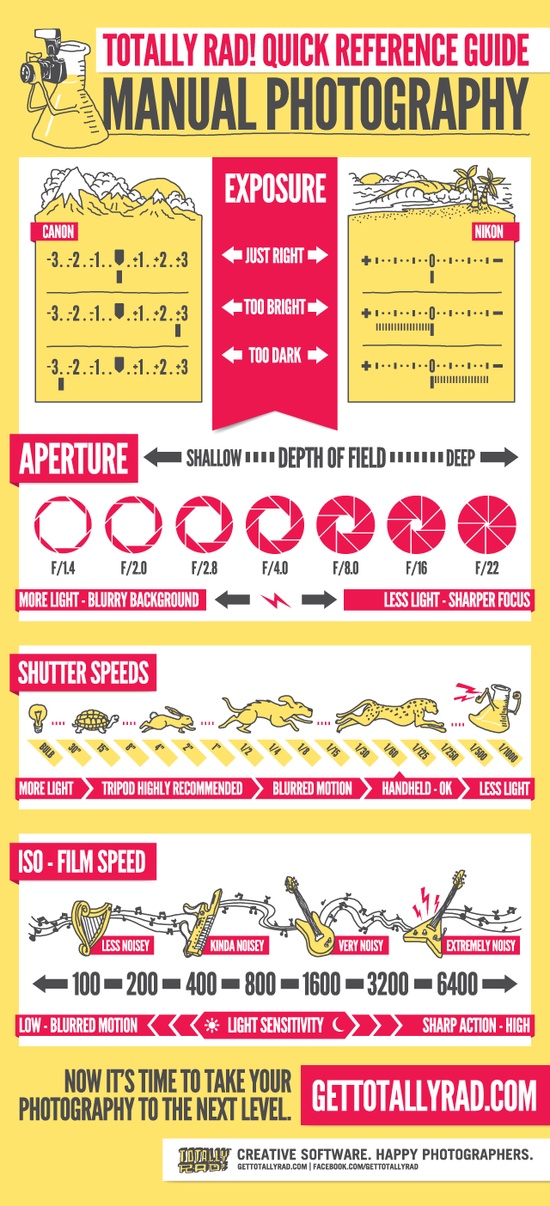Change Your Photography By Grasping Lights Techniques That Can Raise Your Pictures-- Discover The Usual Risks That Could Be Holding You Back
Change Your Photography By Grasping Lights Techniques That Can Raise Your Pictures-- Discover The Usual Risks That Could Be Holding You Back
Blog Article
Web Content Writer-Rogers Fraser
As a digital photographer, you know that illumination can make or break your photos. Understanding the nuances of both natural and synthetic light is necessary for recording the state of mind and clarity you go for in your job. Whether you're chasing after the perfect golden hour radiance or tweak your man-made arrangements, understanding these components can elevate your photography dramatically. Yet there prevail challenges that lots of ignore, and acknowledging them can transform your technique to every shoot. Allow's discover what you could be missing out on and just how it can influence your results.
Recognizing Natural Light
Understanding natural light is crucial for any type of photographer wanting to improve their job. It's the foundation of terrific digital photography, affecting mood, tone, and clarity. When you fire outdoors, take note of the time of day. The gold hour-- shortly after sunup and before sundown-- uses soft, warm light that can transform common scenes into magnificent images.
Do not underestimate the power of cloudy days. Cloud cover diffuses sunshine, producing a soft, even light that's ideal for portraits and macro photography. You'll discover colors pop in this type of lighting without severe darkness.
Placing issues, too. Always consider your topic's positioning to the light. If the sunlight's behind your topic, you might wind up with a shape, which can be significant yet mightn't be what you desire. Conversely, Medical Residency headshot can produce unflattering darkness.
Experiment with angles; in some cases, transforming your point of view can produce outstanding results. Usage natural reflectors, like water or sand, to jump light onto your topic, adding measurement.
Mastering Artificial Light
Understanding synthetic light is important for digital photographers who wish to take their skills to the next level. Whether you're using speedlights, workshop strobes, or continuous lights, understanding how to manipulate these resources can significantly improve your pictures.
Beginning by acquainting on your own with the essentials of light quality, instructions, and color temperature level. Trying out different modifiers like softboxes, umbrellas, or grids to manage the soft qualities or harshness of the light.
You'll discover that soft light frequently creates complementary results, while harsher light can include drama and deepness. Do not avoid shadows; they can boost the three-dimensionality of your subjects.
Pay attention to the positioning of your lights. A light positioned also close to your topic can produce uncomplimentary results, while also far can cause an absence of detail. Use a light meter or your cam's histogram to guarantee you're exposing correctly.
Lastly, keep in mind that fabricated light can be blended with ambient light for innovative effects. Balancing these resources might take method, once you understand it, your photography will really shine.
Methods for Different Situations
When you enter various capturing circumstances, adjusting your lighting techniques is crucial for capturing the most effective pictures. For Environmental photographer , utilize the golden hour-- early morning or late afternoon light-- to soften shadows and improve skin tones.
If it's a severe midday sun, consider utilizing a reflector to jump light back onto your subject or look for shaded locations for a much more also exposure.
In low-light situations, like interior occasions, increase your ISO and utilize a large aperture to allow in more light. A tripod can assist get rid of camera shake, enabling longer direct exposures without obscuring.
If you're contending evening, trying out off-camera flash to develop dynamic lights and deepness in your images.
For item photography, use diffused illumination to avoid extreme reflections. Softboxes or light outdoors tents can aid accomplish this result.
When photographing landscapes, think about the direction of light and time of day, as it can drastically transform the state of mind of your shot.
Always prepare to adjust your setups and positioning based upon the scenario, as adaptability is key to mastering illumination in digital photography.
Verdict
To conclude, understanding illumination is vital to elevating your digital photography skills. Welcome all-natural light's charm during golden hour, and do not shy away from experimenting with artificial light techniques. By adapting your technique to various scenarios, you'll record sensational photos that resonate with emotion and clarity. Bear in mind, the best lights can change a common shot into something remarkable, so keep exercising and fine-tuning your understanding of both natural and fabricated light. Pleased https://hypepotamus.com/companies/shootproof-acquisitions/ !
